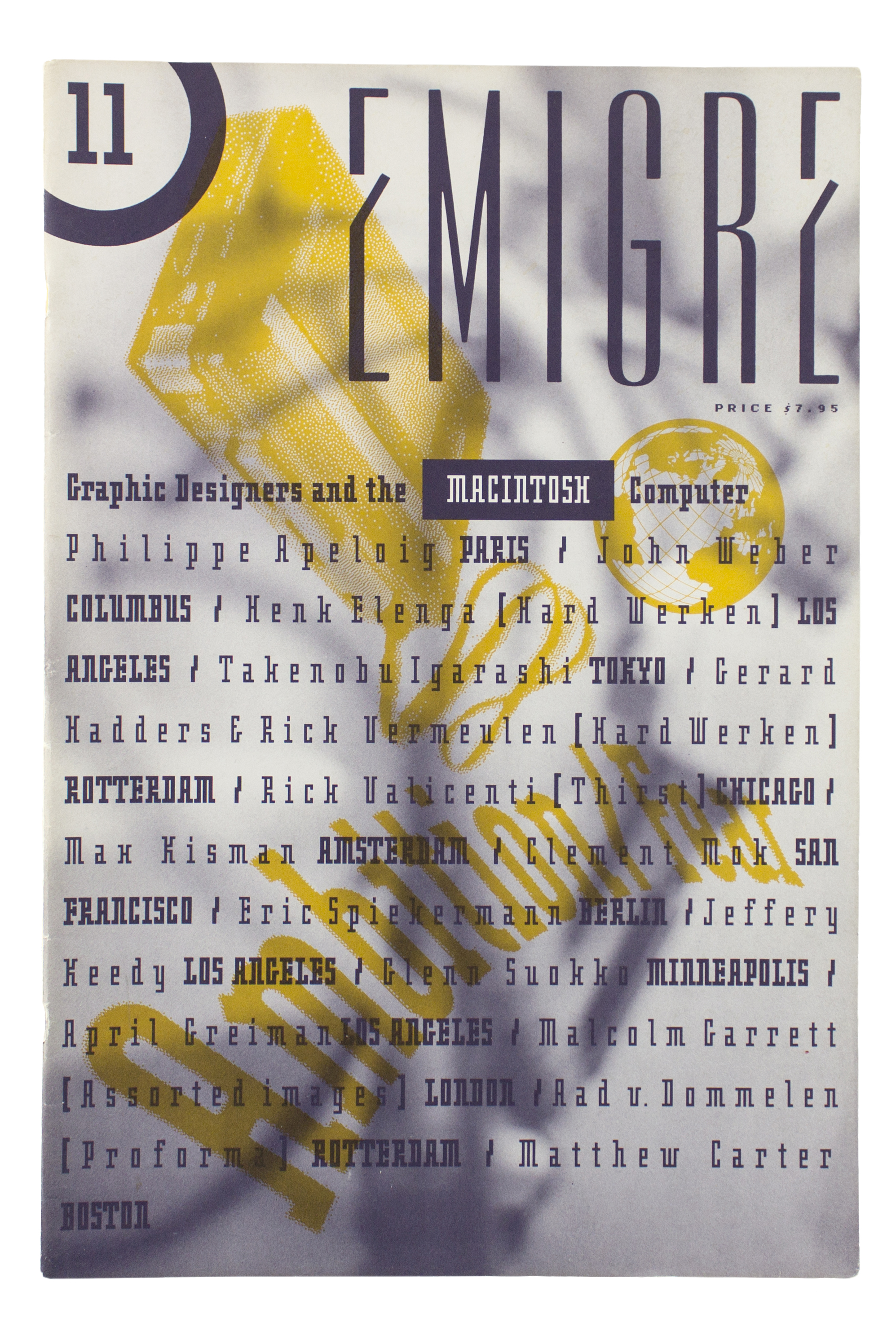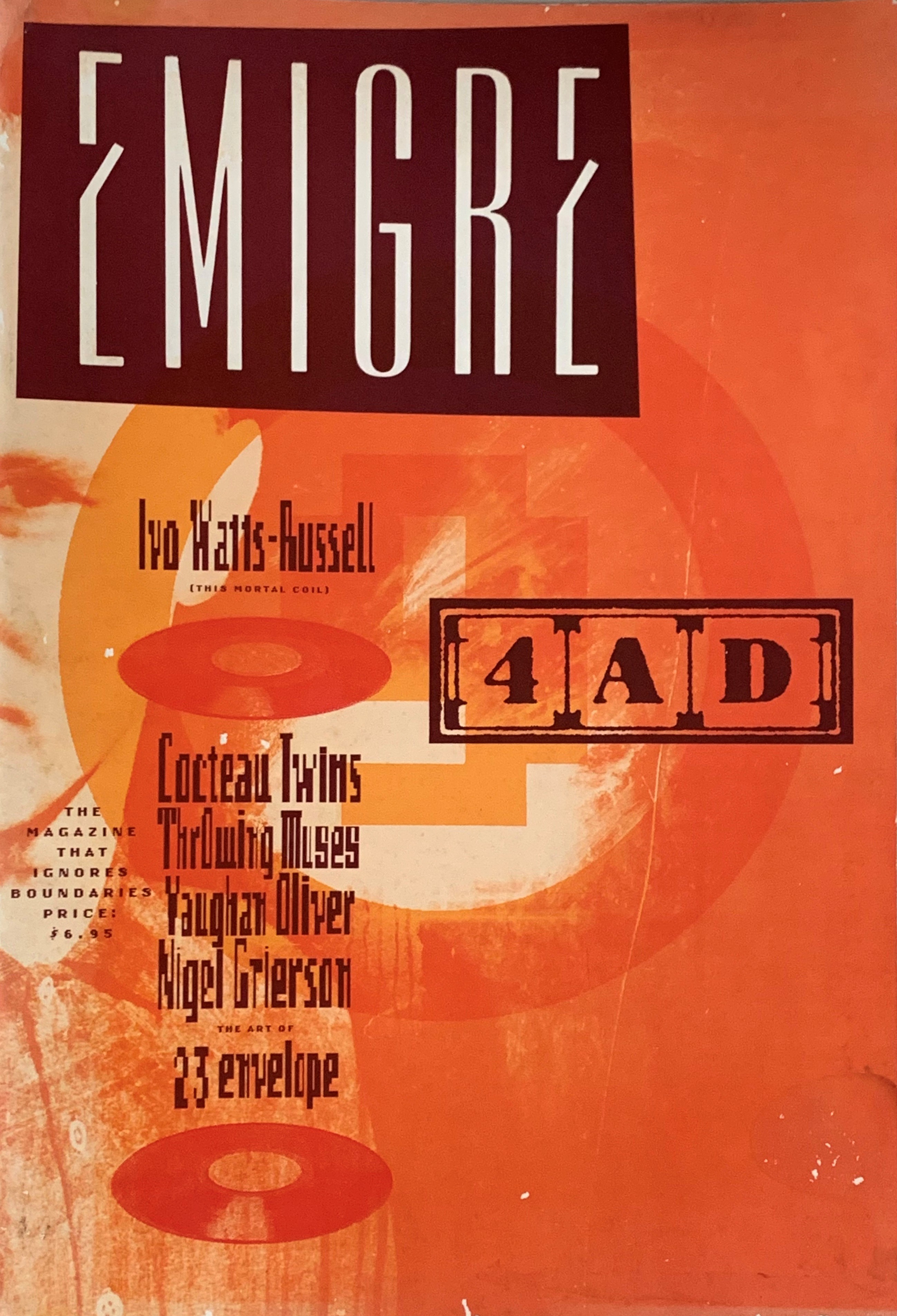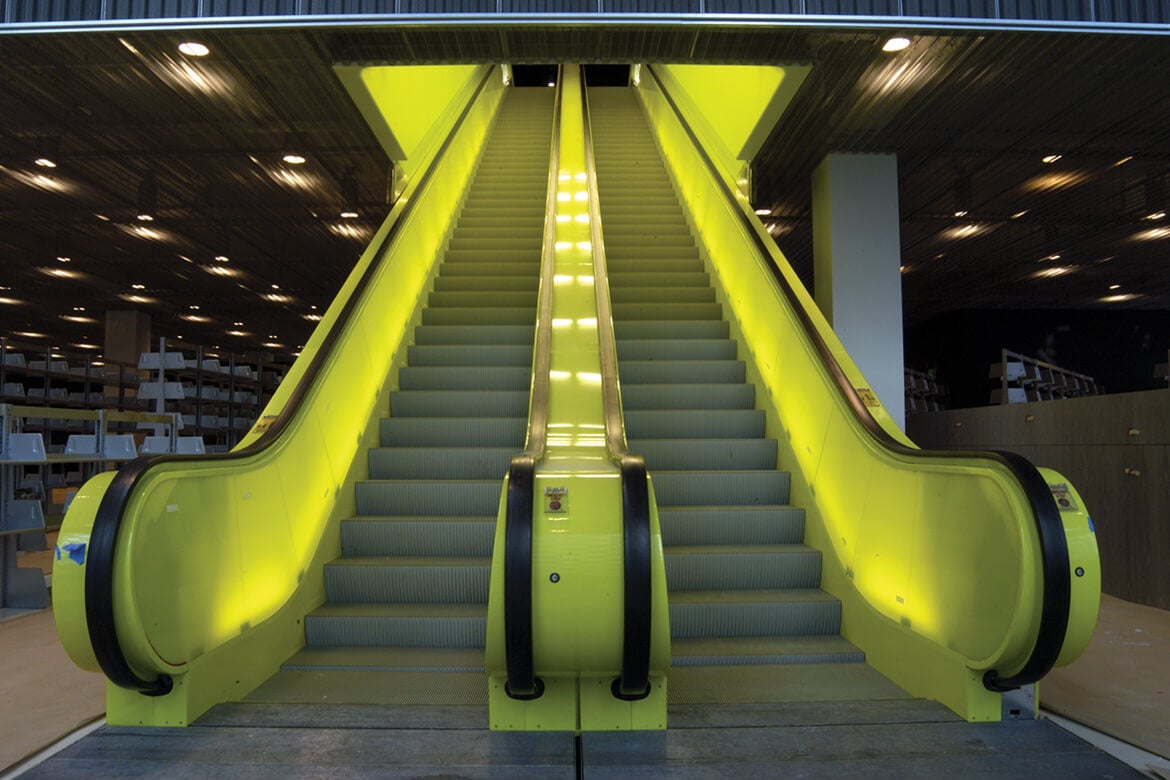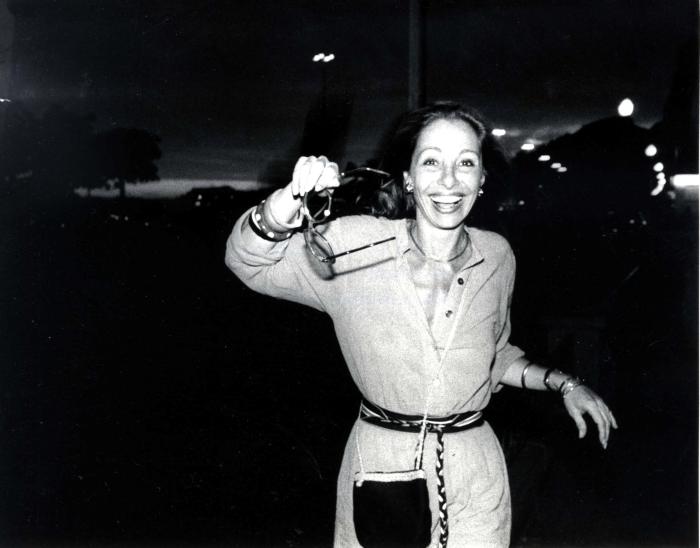For my final blog post, I decided to research Marian Bantjes. As a student who is more passionate about illustration, yet still enjoys graphic design, seeing examples of Bantjes’ work was delightful.

https://loisgordon.github.io/design-essay/design-essay.html
Despite leaving book typesetting earlier in her career, Bantjes’s work often includes type in one form or another, although she prefers to call it graphic art. She has successfully co-founded and run a design studio and currently works as a freelance artist and designer. Alongside visual art, she also loves writing, often sharing her strong opinions through her written work.

http://nubbytwiglet.com/2010/03/31/the-typofiles-56-marian-bantjes-for-saks/
Her art and her approach to it are quite all-encompassing and power-driven. She likes to be tasked with doing every aspect of a piece, is quite happy doing as much work as possible, and never shying away from a big project. If anything, she faces it heads on.
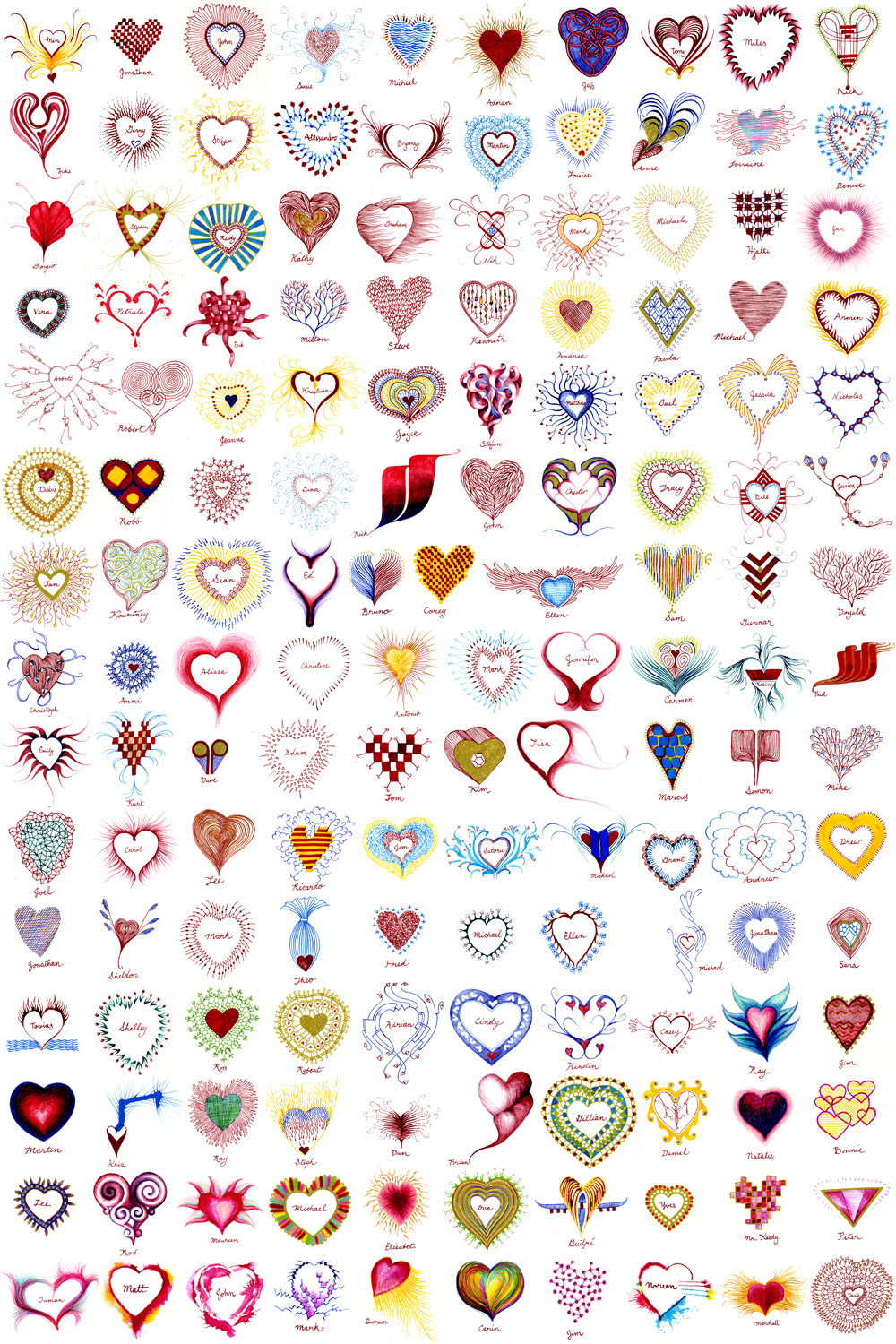
https://bantjes.com/work/valentines-2007/
As someone who loves multiple facets of art, often torn between what to actually pursue in her career and always trying to think of a way to combine illustration and graphic design, reading about Bantjes was quite reassuring and personally, I found her inspirational. If she wants the job done, she’ll do all of it herself and be at peace with it.
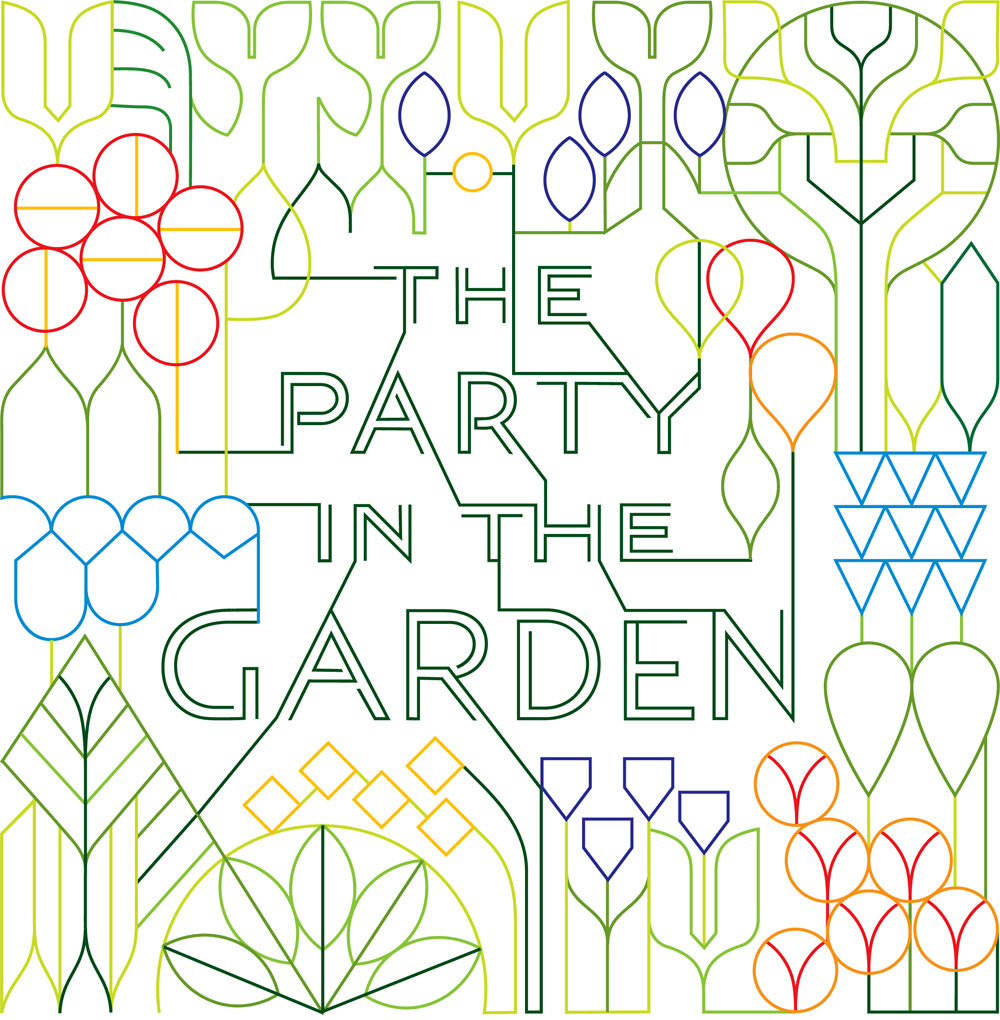
https://bantjes.com/work/party-in-the-garden/
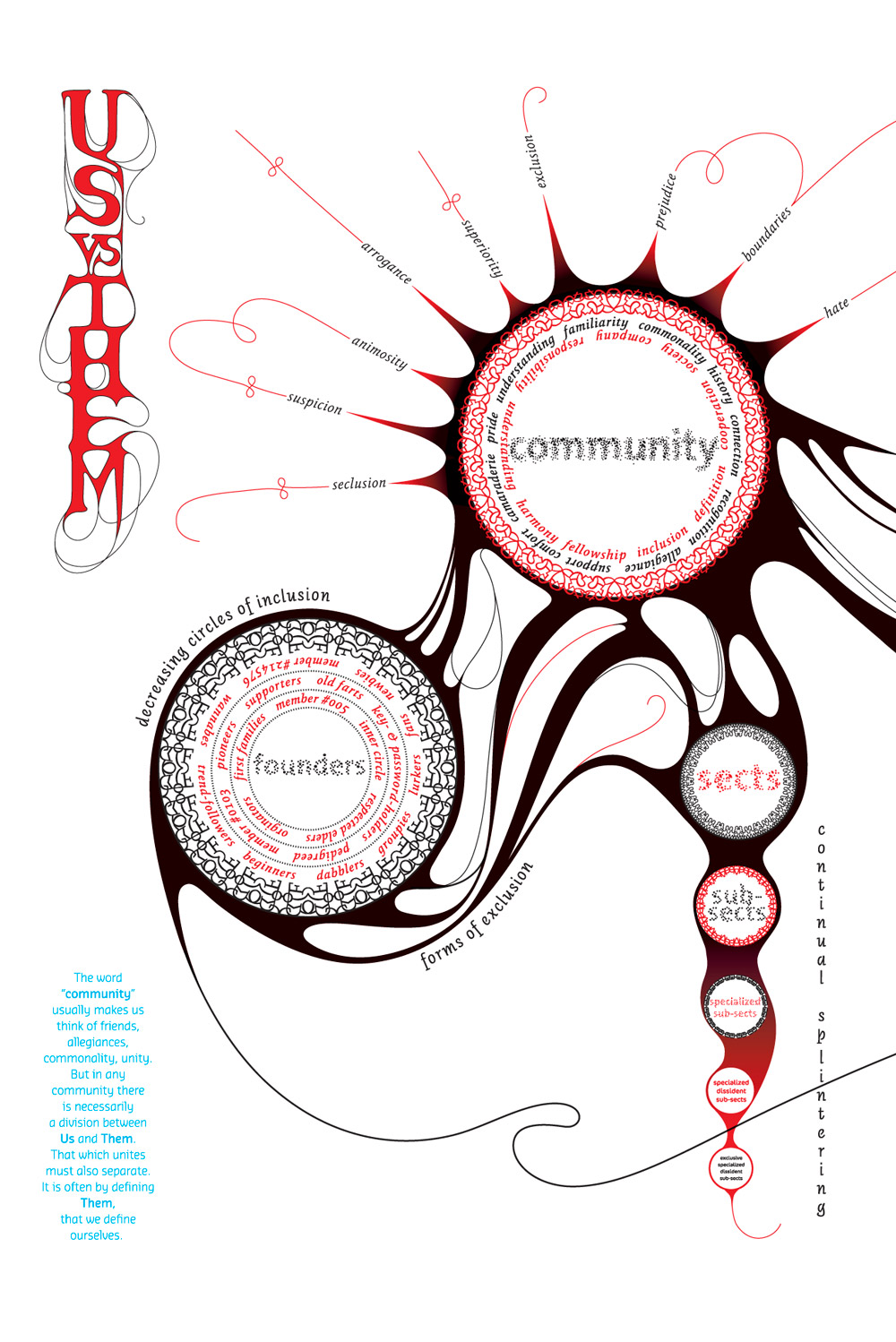
https://bantjes.com/work/community/


